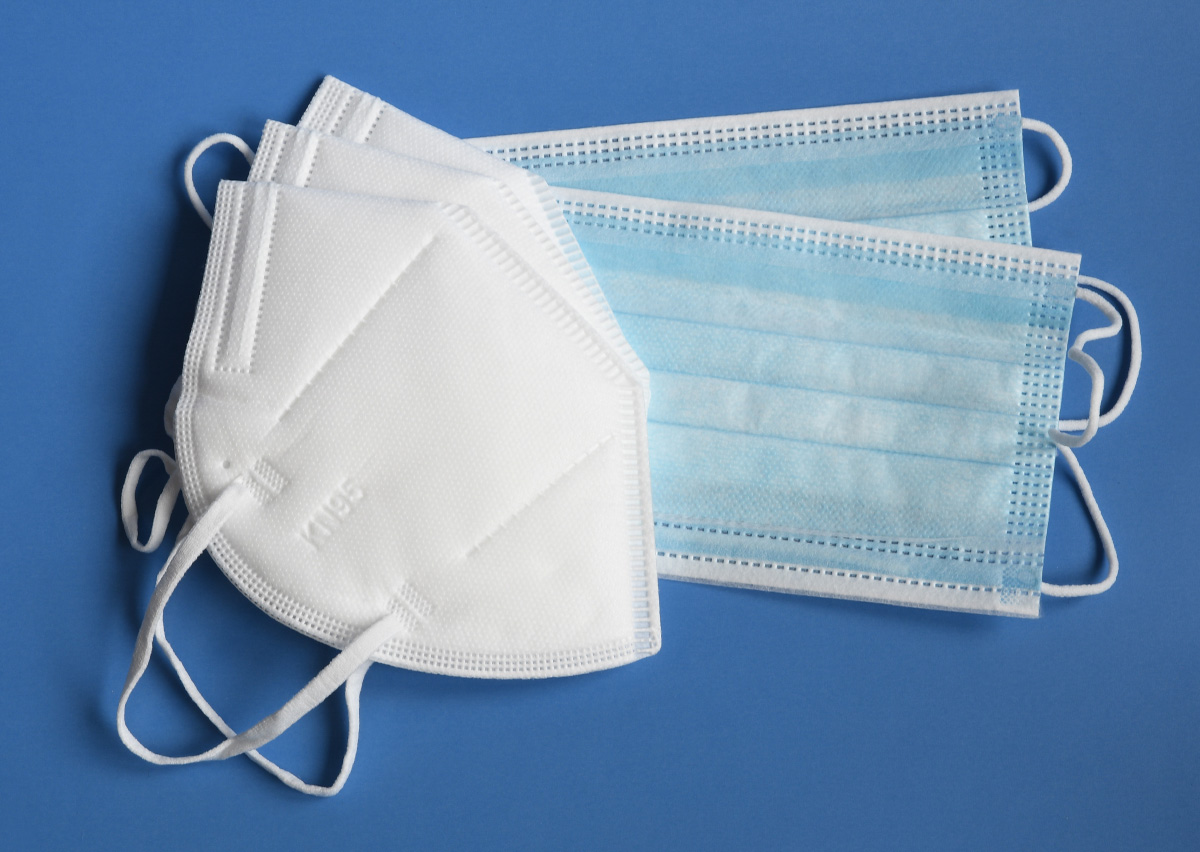In the modern healthcare environment, healthcare workers often experience job-related fatigue, which can have a negative effect on patient and staff safety and well-being. In addition, worker fatigue is associated with lost workdays, an increase in occupational injuries (e.g., needlesticks), liability issues, and increased turnover.
Healthcare organizations must address the effects of fatigue on healthcare workers and, whenever possible, reduce duty hours to allow workers more recovery time. However, even the best schedules and optimal staffing cannot eliminate the circadian disruption associated with night work and long hours. Healthcare organizations should implement fatigue management strategies as part of their system-wide efforts to increase patient safety and reduce medical errors. A good fatigue management plan should address the following:
- Education and training on the effects of fatigue
- Strategies to increase alertness and mitigate fatigue
- Opportunities to identify and treat any medical conditions that may affect alertness or fatigue, such as sleep disorders
- Scheduling policies
- Adverse event, medical error, and occupational injury investigations
Healthcare organizations may also wish to consider developing a fatigue risk management system—data-driven sets of management practices for identifying and managing fatigue-related safety risks—as a subset of their overall safety management system.
Additional resources that may be helpful include the following:









